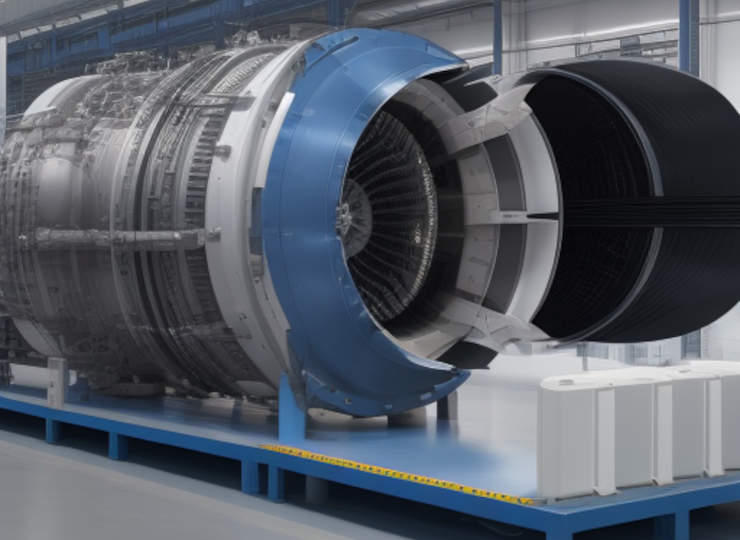文字のサイズ
- 小
- 中
- 大
Growing demand for gas turbine engines
Traditionally, gas turbine engines have been the main source of power for mobility, including cars and aircraft.

However, the current shift to renewable energy sources such as wind and solar power is increasing the need for gas turbine engines as reserve or back-up power. The requirements for gas turbine engines, even as backup power, are becoming more sophisticated, and the engineering department has to meet performance and safety requirements such as clearances in the engine, aerodynamic and thermodynamic stability, while meeting these requirements and optimising the balance between maximum power and efficiency. They are tackling the difficult mission of designing and developing engines that meet these requirements while optimising the balance between maximum power and efficiency.
The focus in this context is on a method called the Whole Engine Model (WEM), which digitises and combines all the elements that make up an engine and uses them as the engine’s digital twin. WEM frees engineering and test departments from physical prototyping of the product and field testing of the prototypes. In addition, they can focus on using the digital twin to perform more precise and multi-layered simulations and improve engine quality and safety.
The benefits of adopting a set of processes with WEM at its core in the design and development of gas turbine engines will be presented, as well as typical use cases of WEM and concrete ways to implement it in existing processes.






